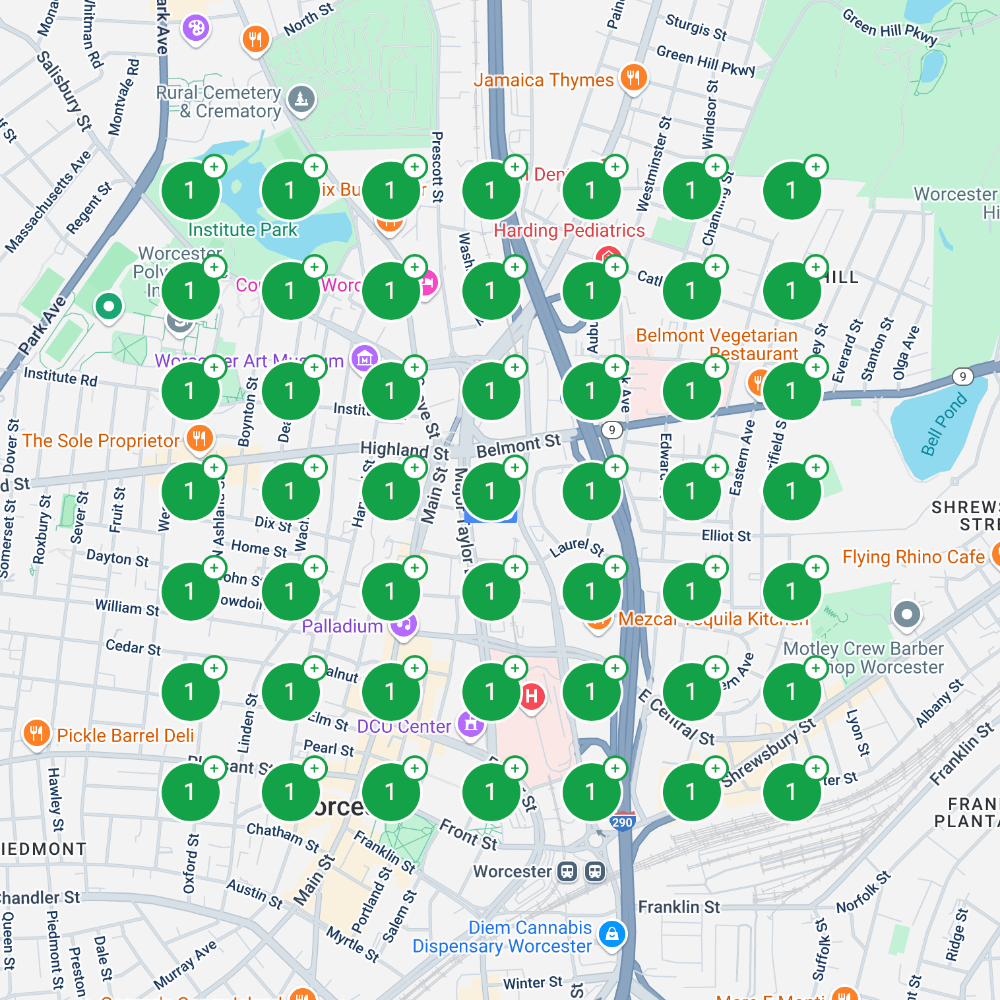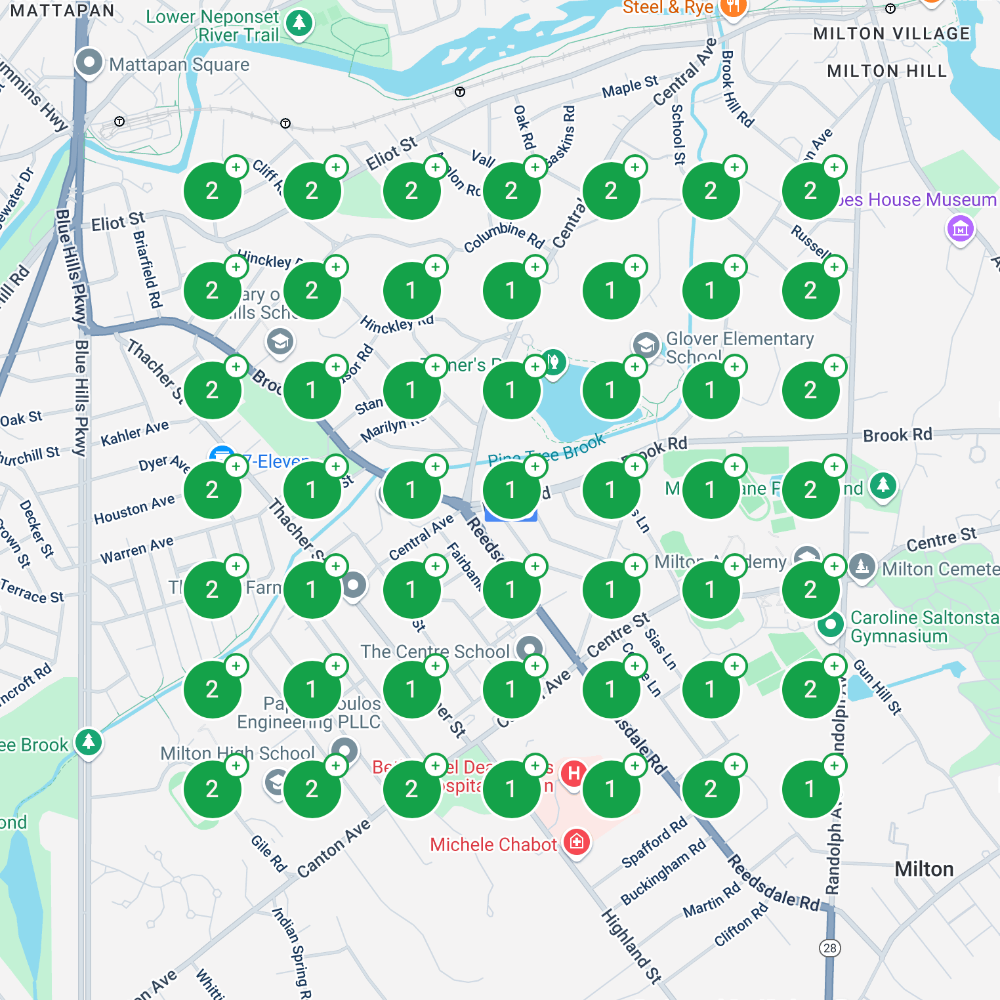Domain authority, often abbreviated as DA, sits at the heart of modern SEO strategies. Marketers and website owners use it as a shorthand for a site’s relative strength in search results. While not a direct Google ranking factor, domain authority reflects a broad set of signals that search engines consider important: trustworthiness, relevance, and the depth of a site’s backlink profile. Tracking DA growth over time tells a nuanced story about your SEO efforts—one that goes beyond keyword rankings or traffic spikes.
The Anatomy of Domain Authority
Moz popularized the term “domain authority,” but similar metrics exist from other tools: Ahrefs’ Domain Rating (DR), Majestic’s Trust Flow and Citation Flow, SEMrush’s Authority Score. Each tool uses proprietary calculations, blending factors like the number and quality of backlinks, linking root domains, spam signals, and sometimes even on-page elements or traffic estimates.
These scores typically run on a 0-100 scale. The difference between moving from 10 to 20 is much less arduous than search engine optimization boston ma climbing from 70 to 80. This logarithmic nature means that early gains can feel easy while late-stage progress slows to a crawl—a reality familiar to anyone who has tried to push their site into the upper echelons.
It’s tempting to obsess over the number itself. But real-world experience shows DA best serves as a trendline rather than an absolute yardstick. Compare your own site quarter by quarter or against direct competitors in your niche; don’t chase after enterprise-level scores if you run a boutique consultancy.
Why Track Domain Authority Growth?
On its own, DA doesn’t guarantee higher search rankings or conversions. Still, it correlates strongly with organic visibility across competitive keywords. When your domain authority rises over months or years, several things tend to happen:
- Your new content gets indexed faster. Individual pages stand a better chance at ranking for head terms. Backlink outreach becomes more fruitful—people are likelier to link back when they perceive you as authoritative. You’re more insulated against minor algorithmic changes since your broader backlink portfolio acts as ballast.
A digital publisher I worked with saw their DA plateau at 35 for nearly eight months despite weekly content uploads. It wasn’t until they invested in technical SEO—fixing crawl issues and improving page speed—that their score ticked up steadily each month, finally breaking past 45 within half a year. This underscores how off-page work must pair with strong on-site foundations for sustained authority gains.
Choosing Your Measurement Tools Wisely
Not all domain authority tools see the web the same way. Moz updates its index less frequently than Ahrefs or SEMrush in some regions; smaller sites may notice weeks-long lags before fresh links appear in their DA calculation. Conversely, Ahrefs tends to pick up new referring domains quickly but sometimes overvalues low-quality links until periodic recalibration occurs.
If you manage client sites or report upward within an organization, settle on one metric source for consistency. Mixing numbers from different platforms leads to confusion—especially when leadership sees “declines” that only reflect shifting methodologies rather than true performance drops.
For most teams, monthly checks suffice if you’re running ongoing SEO campaigns; quarterly reviews offer enough granularity for slower-moving B2B businesses or seasonal brands.
Establishing Baselines: Not All Niches Are Created Equal
Context shapes expectations when measuring domain authority growth. A local law firm serving three counties will never need (or likely reach) the DA of nationwide legal publishers like FindLaw or Avvo. Their competitive set consists mostly of other small firms; what matters is outperforming those rivals in organic search results rather than gunning for arbitrary benchmarks.
Begin by mapping out your current position:
1) Record your DA (and similar scores) using two leading tools. 2) Survey your closest five competitors’ scores. 3) Note historical highs/lows over the last year if data is available.
This snapshot grounds future analysis in reality rather than aspiration.
Signals That Move the Needle
Earning sustained domain authority growth requires both strategic patience and tactical flexibility. Some levers show impact faster than others:
Backlinks remain king—especially followed links from reputable news outlets, universities, government sites, or industry journals relevant to your sector. Yet not all links carry equal weight: ten contextual mentions from respected blogs often outweigh hundreds of spammy directory submissions.
On-page optimizations matter too: well-structured internal linking (think siloed content clusters), fast load times via page speed optimization techniques like image compression or lazy loading scripts, mobile optimization for responsive design, and detailed meta tags with accurate schema markup all contribute indirectly by signaling trustworthiness and relevance to search engines.
Technical SEO lays the groundwork—clean URL structures free of crawl errors; properly implemented canonical tags; robots.txt configured to avoid accidental noindexing; XML sitemaps kept up-to-date after major content changes.
Content marketing shouldn’t be overlooked either: comprehensive guides targeting high-intent queries attract natural backlinks over time while boosting user engagement metrics like dwell time and scroll depth—signals increasingly tied to organic search results placement according to recent SERP analysis experiments.
Interpreting Growth: Separating Signal from Noise
Authority metrics can swing unexpectedly due to index recalculations by tool vendors rather than actual link gains or losses. Sudden jumps might follow an update where toxic links are devalued globally—not just on your site—or when crawlers discover a batch of previously undetected backlinks pointing at you or competitors.
As an example: during Moz’s March 2019 algorithm overhaul (“DA 2.0”), many webmasters saw abrupt shifts—some positive, some negative—regardless of any real link-building activity that month. Judging success solely by these swings risks misreading progress or panicking unnecessarily.
Instead:
- Pair domain authority tracking with qualitative backlink audits every quarter. Monitor organic traffic alongside DA trends using website analytics platforms like Google Analytics. Check which pages are driving new inbound links and whether those sources align with your brand positioning goals. If possible, correlate spikes/dips in conversion rate optimization metrics with periods where authority ticks up—you’ll often find UX improvements yield indirect SEO benefits too.
Common Pitfalls When Chasing Authority Metrics
A fixation on raw numbers invites risky shortcuts:
Buying backlinks en masse once looked effective but now almost always triggers penalties under modern Google algorithms—even so-called “white hat” providers sometimes peddle recycled domains flagged internally at Google HQ.
Similarly, chasing volume at the expense of relevance (accepting guest posts from unrelated industries just because they have high DR/DA) dilutes topical authority and may undermine long-term rankings for core keywords identified through careful keyword research and competitor analysis.
There’s also opportunity cost: resources spent chasing vanity metrics could instead fund deeper content optimization projects or UX improvements proven to impact bounce rates and session duration positively—a signal search engines increasingly use as secondary ranking inputs.
Measuring Real Progress Over Time
The best practitioners treat domain authority as part of an integrated measurement stack rather than its own north star metric:
Monthly reporting should include:
1) Current DA/DR scores compared with previous periods 2) Number of unique referring domains added (excluding low-quality/spammy sources) 3) Organic traffic trends segmented by landing page type (blog post vs product page vs resource guide) 4) Conversion rate changes after implementing notable SEO best practices (like schema markup rollouts)
This balanced approach avoids tunnel vision while keeping stakeholders focused on sustainable growth indicators across both off-page SEO and on-page/technical dimensions.


When Plateau Happens
Nearly every mature website hits periods where domain authority stalls despite steady investment in link building strategies and fresh content uploads—a situation familiar from my own years managing SaaS startup blogs competing against entrenched players like HubSpot or Salesforce.
Diagnosing plateaus requires methodical troubleshooting:
First check for technical bottlenecks—a sudden spike in crawl errors following CMS migrations can quietly block value passing between pages even if external backlinks keep rolling in. Next audit internal linking structures using crawling tools like Screaming Frog or Sitebulb; orphaned cornerstone articles rarely accrue maximum benefit without deliberate connection points elsewhere on-site.
Sometimes external factors drive stagnation: perhaps competitors have launched aggressive PR campaigns netting them coverage from top-tier publications en masse (a common tactic among fintech startups aiming for rapid early traction). In these cases redoubling outreach efforts targeting niche industry podcasts or webinars can help regain momentum without resorting to black-hat tactics that risk long-term reputation damage.
The Role of Content Depth and User Experience
Authority isn’t built solely through backlinks—it grows organically when users genuinely engage with well-crafted resources addressing real needs at each stage of their journey. I recall working with an e-commerce retailer who doubled down on product comparison guides featuring exhaustive technical specs plus user-generated FAQs pulled directly from customer support chat logs—the result was not only stronger rankings but also dozens of unsolicited mentions from micro-influencers whose audiences trusted hands-on detail over generic buying advice scraped elsewhere online.
User experience factors amplify this effect: mobile optimization ensures readers stick around regardless of device; intuitive navigation lowers friction between discovery and conversion; clear calls-to-action nudge visitors toward next steps aligned with business goals—not just passive consumption measured by time-on-site alone.
Schema markup further deepens contextual relevance by helping search engines parse intricate relationships between products/services/reviews/team members—a subtle edge that compounds slowly yet delivers measurable lifts over multi-quarter horizons according to aggregated SERP analysis case studies published by leading white hat SEO agencies globally since mid-2022 updates rolled out across English-language markets especially.
Checklist: Setting Up Effective Domain Authority Tracking
For those ready to get practical traction without drowning in data overload, here’s a streamlined setup approach:
1) Choose one primary domain authority tool (Moz/Ahrefs/SEMrush). 2) Schedule monthly exports capturing DA plus referring domains count. 3) Set up competitor tracking dashboards monitoring no more than five direct rivals. 4) Integrate key metrics into regular reporting cycles shared cross-team—including organic traffic segments tied back to specific campaigns. 5) Review quarterly progress relative not just to numeric increases but also business outcomes such as lead volume uplift or improved conversion rates post major technical/content upgrades.
Looking Beyond Numbers: The Human Side
Metrics serve decision-making but never replace judgment honed through hands-on testing across diverse verticals—from niche SaaS apps scrapping for initial traction up through national publishers weathering algorithm storms every few quarters. Sometimes intuition flags opportunities missed by automated dashboards—the odd broken link still carrying latent equity after years dormant; partnerships struck at conferences yielding editorial features no tool could have predicted yet which tip scales overnight once indexed widely enough.
Domain authority growth unfolds as both science and art—a feedback loop joining rigorous measurement with creative problem-solving rooted in empathy for searchers’ intent as much as technical best practices.
Success comes not merely from watching numbers rise but understanding what drove those changes—and channeling those insights back into smarter campaigns tomorrow.
Staying grounded amid shifting algorithms means focusing relentlessly on delivering genuine value—whether via expert-driven blog posts packed with actionable detail or seamless user journeys guiding first-time visitors toward confident decision-making.
Over time this relentless commitment pays compound interest—not just through rising scores but through boston seo lasting organic reputation anchored far deeper than any single metric alone could ever capture.
SEO Company Boston 24 School Street, Boston, MA 02108 +1 (413) 271-5058